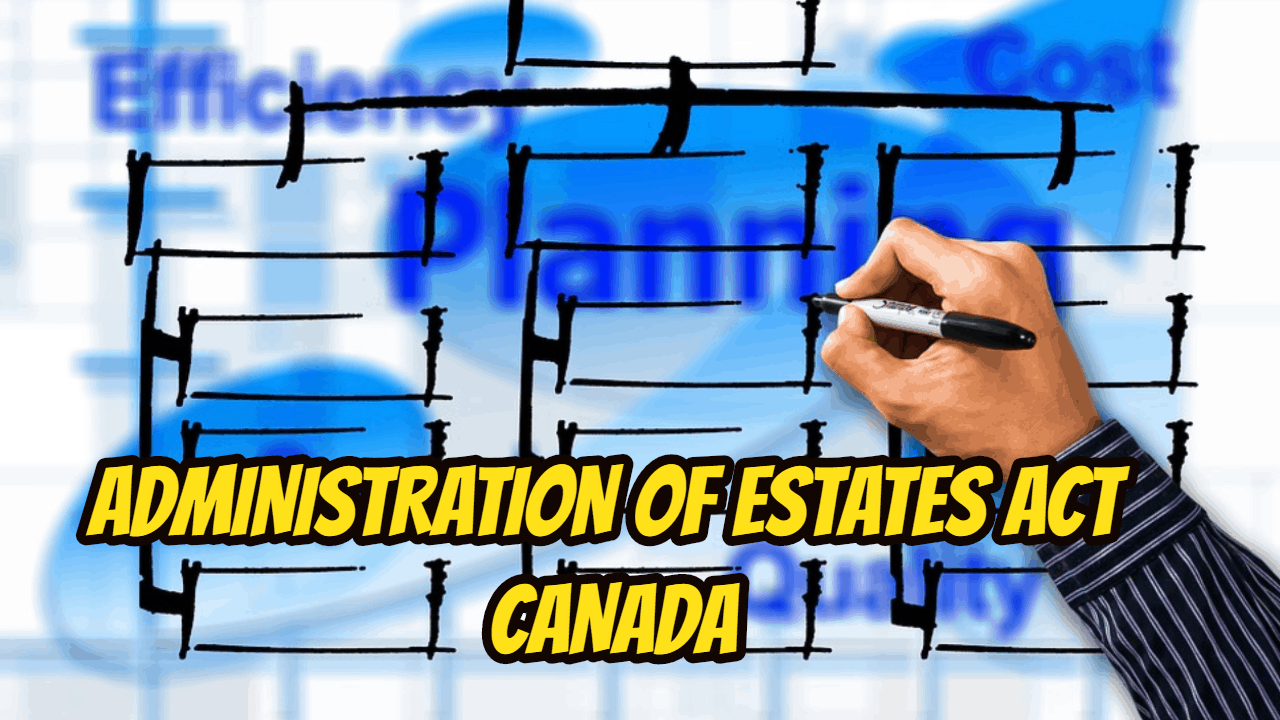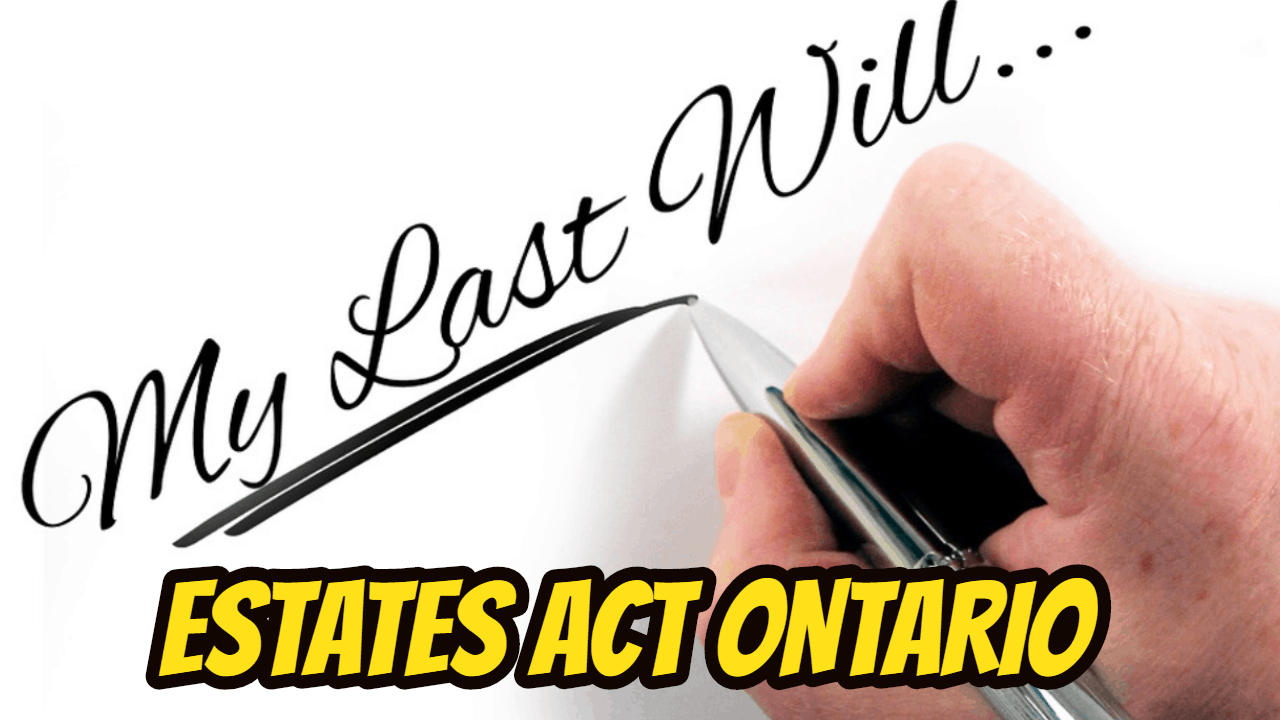[monkeytools msnip=”https://monkeyplayr.com/playr.php?u=5173&p=21099″]
Introduction
I have written several blogs on the topic of when someone dies and their estate is insolvent. One of our most popular blogs is WHAT HAPPENS TO DEBT WHEN YOU DIE CANADA: ARE YOU FREE OF DEBT? I have also written on estate matters including probate in Ontario. Not from an insolvent estate perspective, but as to why a licensed insolvency trustee (formerly called a trustee in bankruptcy) has the skill set to be an estate trustee.
Historically, estate trustees have been a trust company, a lawyer or family of the deceased, such as children. Based on our work with insolvent deceased estates, we have learned all about the emotions and even pain that family and business ties can cause and place parties in conflict.
So, I am pleased to announce that today we have opened up a new business division, Smith Trustee Estate Ontario. You can click on the button above or below to take you to our website. Have a look and let us know what you think.
Why use a licensed insolvency trustee as an estate trustee?
We have the skillset to perform the duties of an estate trustee. We also understand the role and responsibilities that the statutes demand, such as the:
- Estates Act, R.S.O. 1990, c. E.21
- Estates Administration Act, R.S.O. 1990, c. E.22
- Trustee Act, R.S.O. 1990, c. T.23
- Succession Law Reform Act, R.S.O. 1990, c. S.26
Estate trustee problems we can help solve
In Ontario, an estate trustee is the only person with the lawful authority to look after an estate. Probate in Ontario is a process to ask the court to:
- give a person the authority to work as the estate trustee of an estate; or
- verify the authority of a person named as the estate trustee in the deceased’s will.
Sometimes an objective and experienced party have to be assigned to function as the independent estate trustee. Take into consideration the possible circumstances:
- Moms and Dads select all their kids to work together as an estate trustee. Each child has various degree of abilities, and some may have no desire, to do is called for to carry out the estate trustee duties. Stress and anxiety, clashes and pain results without any end in sight.
- Lots of well-off family members have disagreements over just how the family’s assets need to be invested. Rich family members aren’t beyond turning family squabbles into public fights in the courts. Often the circumstance simply calls out for a caring, skilled and neutral party to become the Officer of the Court to aid everybody gets to a good and fair outcome. This also will ideally decrease or prevent the demand for costly lawsuits.
- Somebody passes away with assets however no will. Many people think they are entitled to all or part of the deceased’s estate. Somebody without a financial interest yet with the abilities and experience is required to intervene to work things out in a reasonable and objective and cost-effective method.
- You are the lawyer or financial advisor to a great client. You have hesitantly consented to be the estate trustee of the estate of the person that is the driving force behind one of your best corporate clients. The person passes away and you find that you are now in the middle of an illogical dispute amongst the beneficiaries that is driven not by business sense but by passion and hate. The dispute is so serious, it endangers your capability to maintain the corporate client and the prospective future earnings to your business that this client can generate.
- As the lawyer or financial advisor to a person, acting as the estate trustee is not a problem. Nevertheless, the time required to take care of all the intricate estate problems may be that it takes you far from the remainder of your professional practice. You believe that you really cannot afford to do so. You want to relinquish the estate trustee duty, however, you don’t have a reasonable alternative to make sure that the estate can be effectively carried out.
- The person names as the Estate Trustee has a real conflict and must be replaced. Again, a skilled party who has no financial interest in the outcome and is easily recognized as an expert by the Court is required, and fast!
- There is a crucial demand for an Estate Trustee Under Litigation. Our experience in working as an Officer of the Court has actually resulted in our being identified for acting in a proficient and neutral way. We comprehend exactly how to navigate the different regulations and Court procedures associated with being an estate trustee. The Court acknowledges our capabilities and approves our qualifications without question.
The fact of the matter is with many problems such as these, the estate is most likely to be involved in significant expensive lawsuits. It will certainly not finish anytime quickly. Nevertheless, in the meanwhile, there are actual time problems that require to be attended to in managing the estate assets so they do not dissipate or otherwise are at risk.
Probate in Ontario – Why work with us?
Our mix of empathy, experience and impartiality provides us with a distinct viewpoint and the capability to appropriately administer the estate, minimize problems and accomplish outcomes for all stakeholders in an economical way.
Professional and impartial Officer of the Court
- Acting as estate trustee
- Obtain probate in Ontario
- Asset management
- Investigation and valuation
- Monetization of assets
- Trust accounting
- Beneficiary reporting and distribution
Estate Trustee Under Litigation
- Professional and impartial Officer of the Court
- Asset investigation, valuation and safeguarding
- Trust accounting
- Reporting to the Court and all stakeholders
Conflict resolution
- Protecting assets
- Experienced as Officer of the Court if estate trustee has conflict – perceived or real
- Minimize costs
- Stakeholder strategies
Insolvency
- Planning and strategy to safeguard assets
- Restructuring and Turnaround
- Acting as Trustee of an insolvent estate
We provide a full range of services to provide solutions for the complex Estate issues to end the pain and frustration the stakeholders are experiencing. We apply our expertise and creative thinking to take care of all details to end your pain and achieve the goals of the beneficiaries and other stakeholders. Contact Smith Estate Trustee Ontario today for your free consultation.
Get our free full-scale analysis of your issues and our recommended options to solve your problems allowing you to move forward confidently. Check out our website by clicking on the button below. All our details are there.




